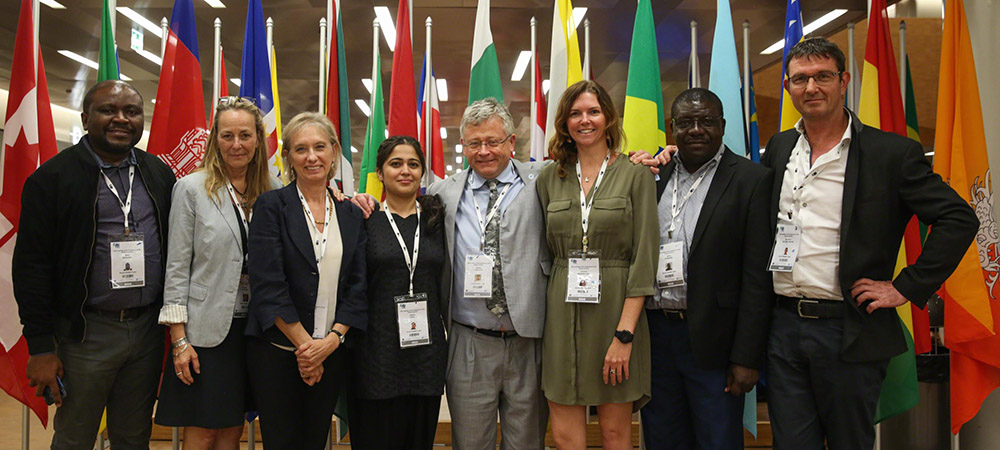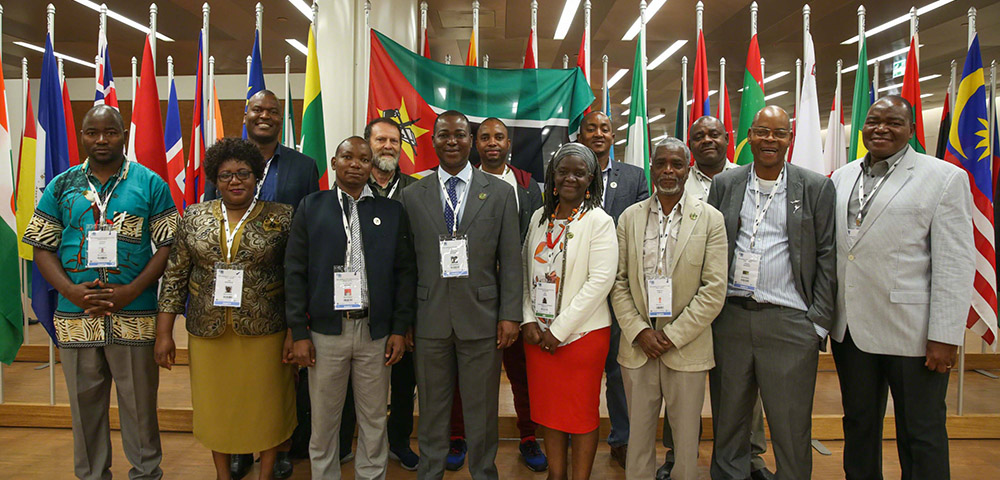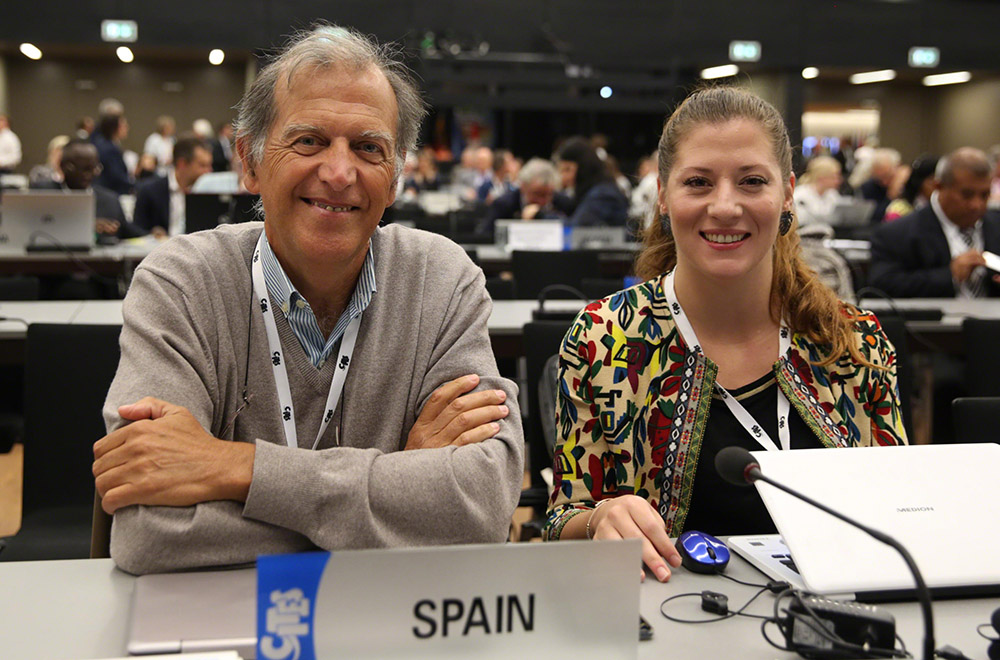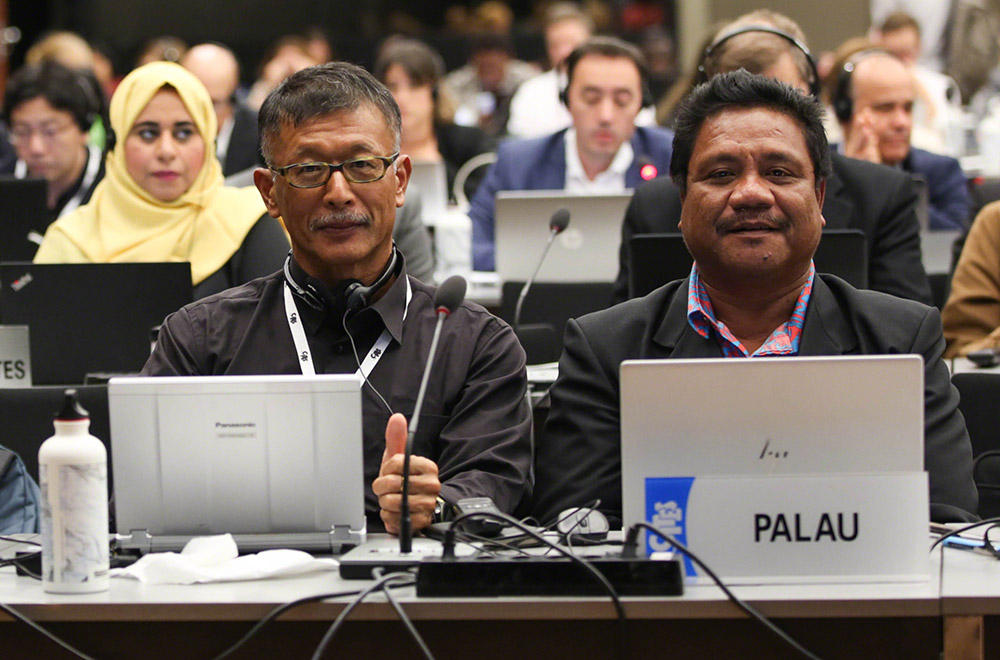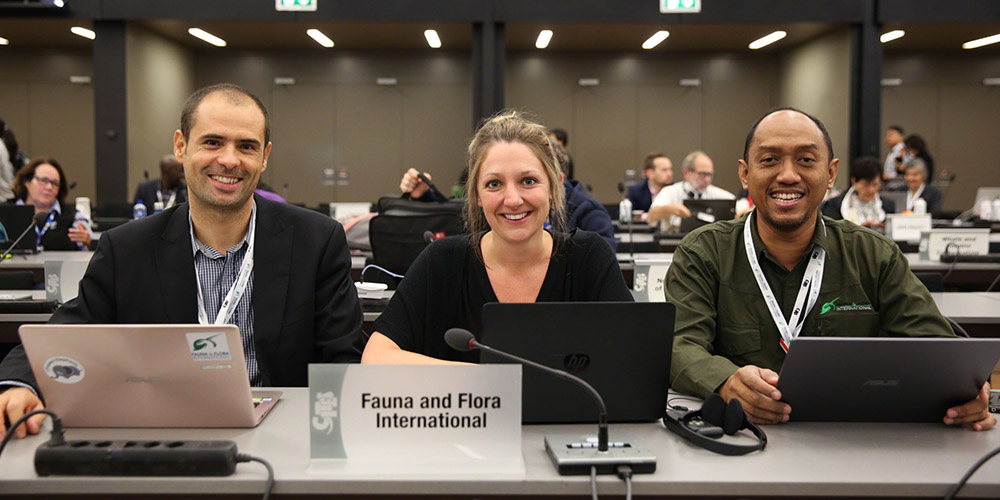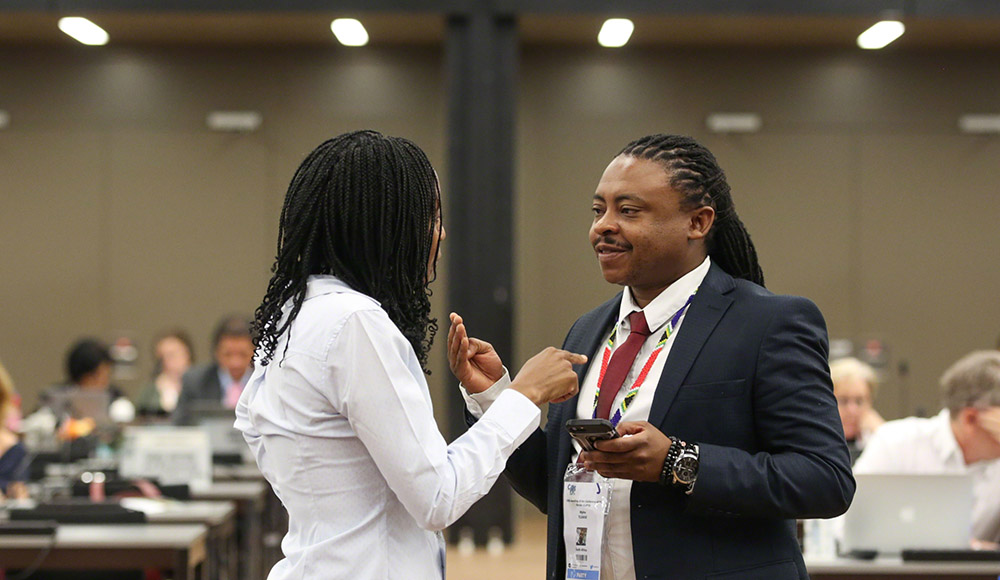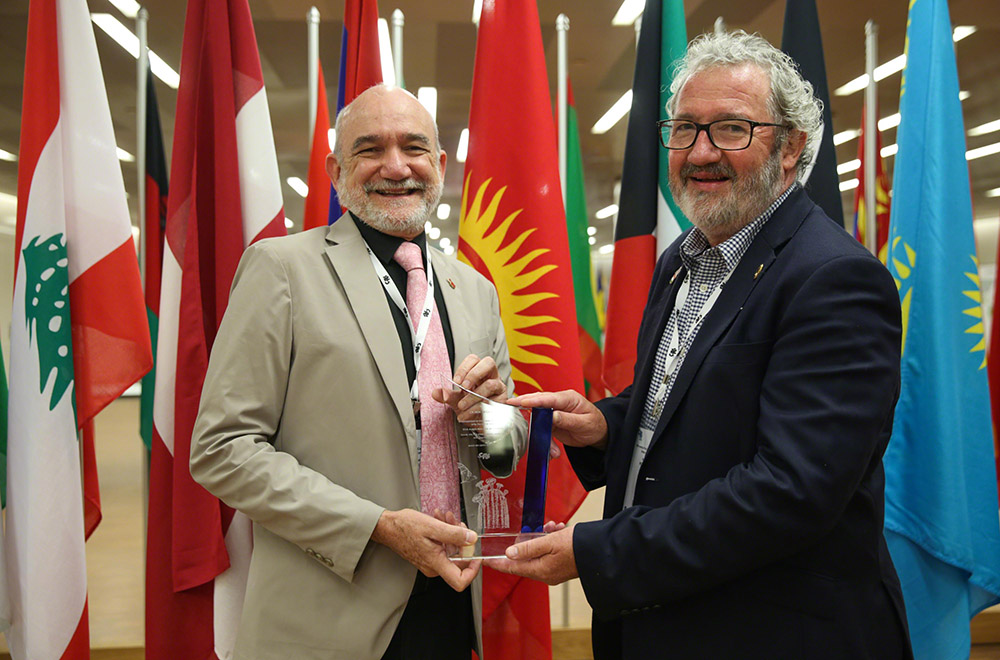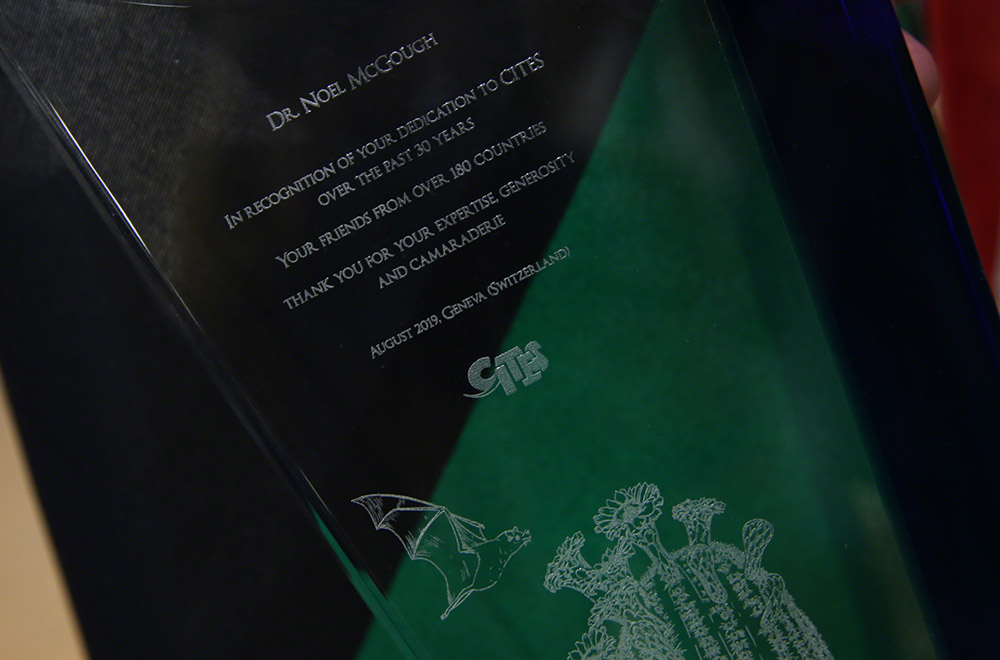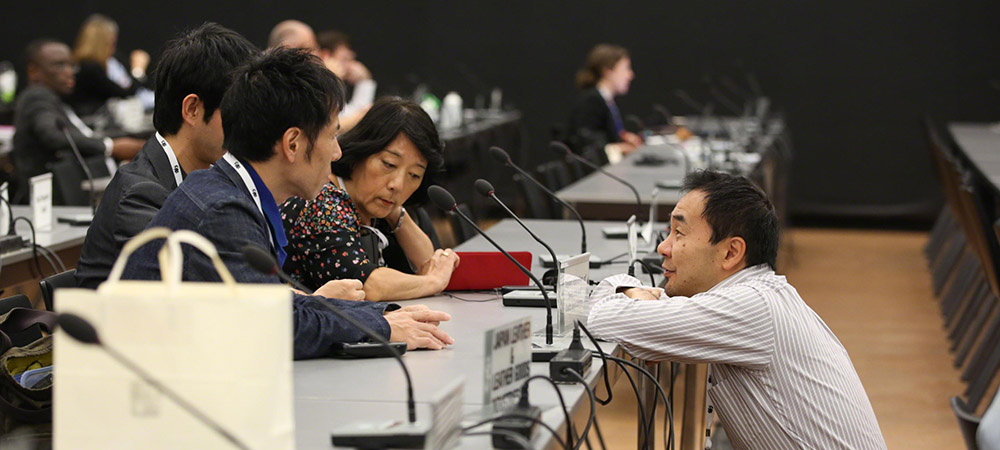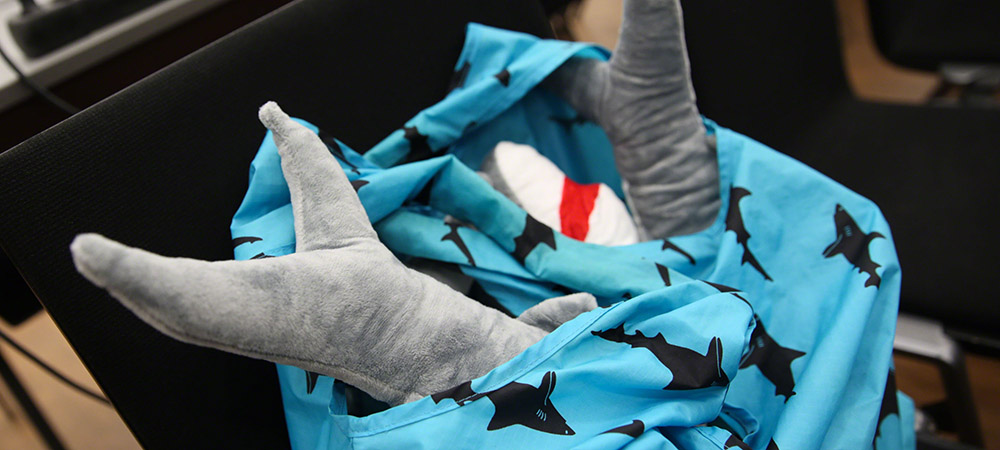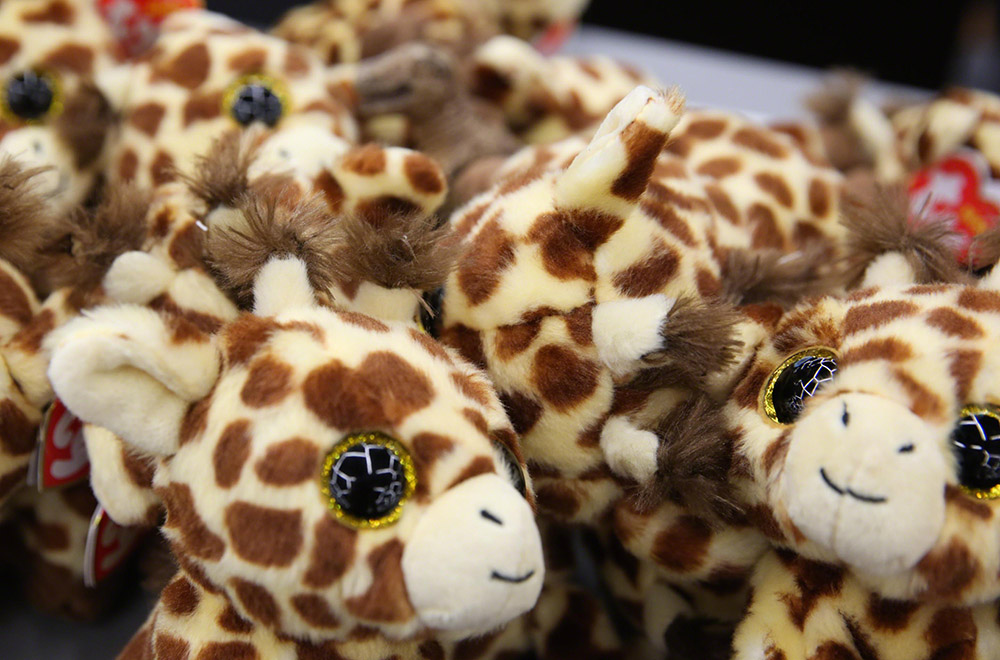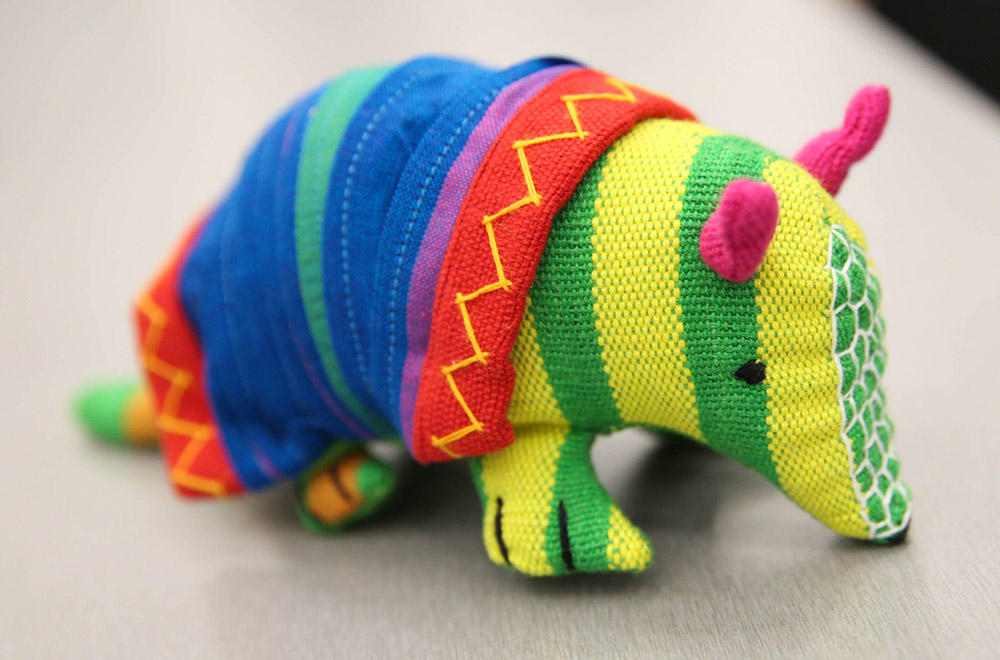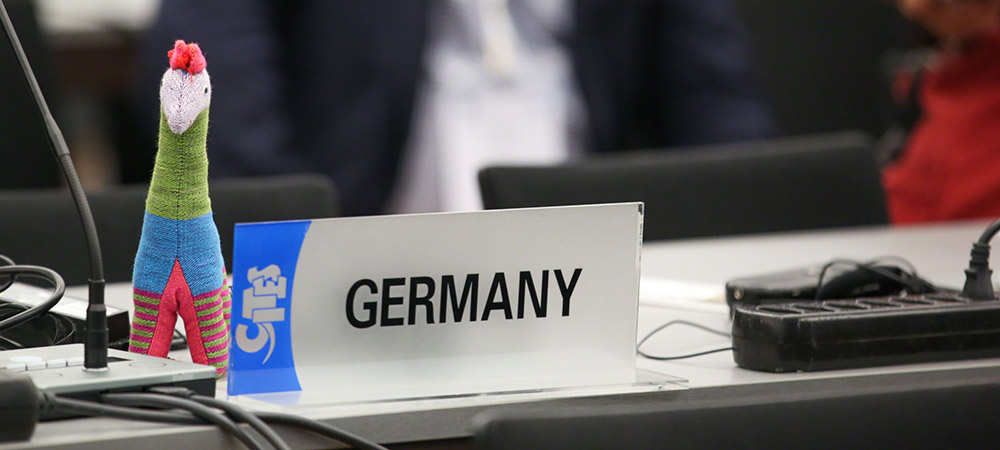Summary
Highlights for Thursday, 22 August 2019

In Committee I, Mongolia introduced the proposal on Saiga antelope to transfer the species from Appendix II to Appendix I. The US clarified the confusion over the taxonomy in the proposal as it originally referred to the IUCN taxonomy, and under Rule 24.2 requested to amend the proposal to make it more precise by including both Saiga tatarica and Saiga borealis. Chair Hay accepted this reading of Rule 24.2 and confirmed the proposal would be considered to cover all saiga.The Russian Federation, Kazakhstan, the EU, and China opposed the proposal if it were to include all populations of saiga, pointing to the growing numbers of the species in some regions and national moratoria on hunting. Bahrain, Côte d’Ivoire, Guatemala, and Qatar supported the proposal. The US reiterated that the co-proponents would oppose a split-listing as this would hinder enforcement. She proposed amending the scope to include an annotation stating: “zero export quota is established for wild specimens traded for commercial purposes,” to ensure wild specimens are not internationally traded, giving the populations a chance to recover and time to study the mass die-offs. South Africa opposed this amendment, suggesting that CITES is not the correct tool for strategies for this species. The Russian Federation, Kazakhstan, the EU, and Uzbekistan and others supported this proposed annotation. Committee I agreed to the proposal by consensus, as amended with a zero-export quota on all saiga species.Chad introduced the proposal to list giraffe under Appendix II, noting the 40% decline in populations over 30 years. New Zealand and the US also supported the proposal. Botswana and several southern African countries, opposed the proposal, arguing that populations are stable in many countries, and countering the claim that international trade is affecting their numbers. He proposed that specific populations should be excluded from the listing. Kenya noted that an Appendix II listing would allow for monitoring measures and would not prevent trade from taking place. The Committee voted to list giraffe under Appendix II, with 106 in favor and 21 against.Zambia introduced the proposal to down-list Zambian elephant populations from Appendix I to Appendix II, recalling that under the Nagoya protocol local communities have the right to benefit from wildlife resources. Committee I voted against Zambia’s proposal. The Committee considered two further proposals concerning elephant populations, both of which did not pass.In Committee II, delegates discussed regulation of trade issues such as simplification procedures, traceability, and specimens produced through biotechnology. At the end of the day, the Secretariat introduced the report on illegal trade in cheetahs, highlighting the work of the intersessional working group to develop the CITES cheetah trade resource kit and called for further funding for this work. She also noted the proposal by the in-session lion working group to establish a big cats task force, noting that matters related to illegal trade in cheetahs could be addressed by such task force. Kuwait, supported by Oman, United Arab Emirates (UAE), and Bahrain, emphasized that the illegal trade in cheetah in the Gulf states has decreased due to enforcement efforts and public campaigns and he supported the proposal that illegal trade in cheetah could be addressed by the proposed big cats task force. Somalia shared the challenges they encounter in dealing with illegal trade including to UAE and South Africa. South Africa denied that cheetahs are illegally imported into South Africa. Tanzania and Burkina Faso supported the recommendations submitted by Kenya and Ethiopia in CoP18 Information Document 73.
IISD Reporting Services, through its ENB Meeting Coverage, provided daily web coverage and a summary and analysis report from CITES CoP18.
Photos by IISD/ENB | Kiara Worth
For photo reprint permissions, please follow instructions at our Attribution Regulations for Meeting Photo Usage Page.
Committee I: Species-Specific Matters
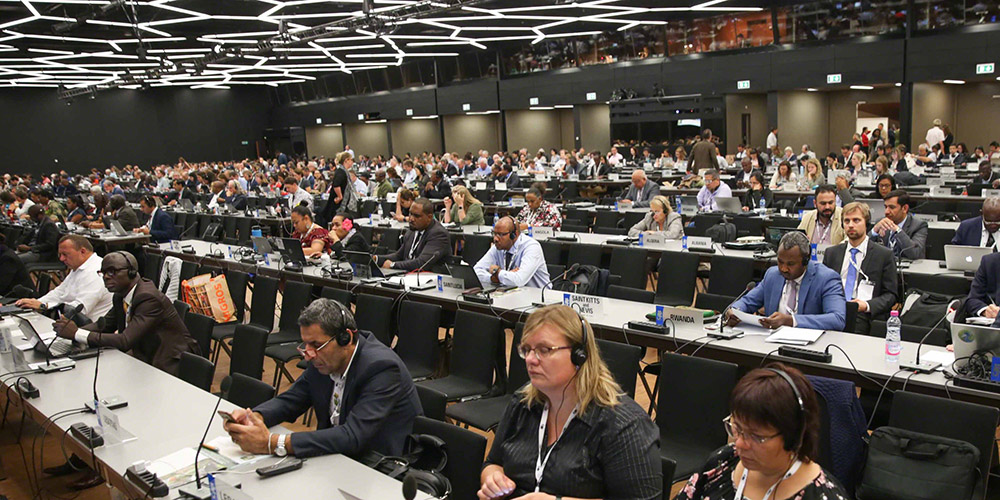

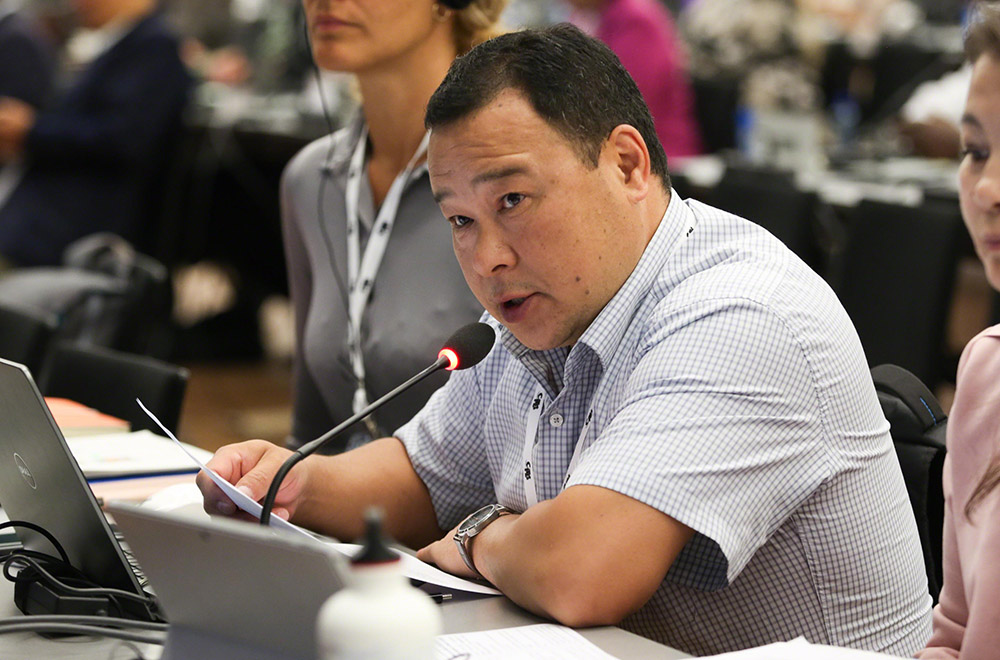
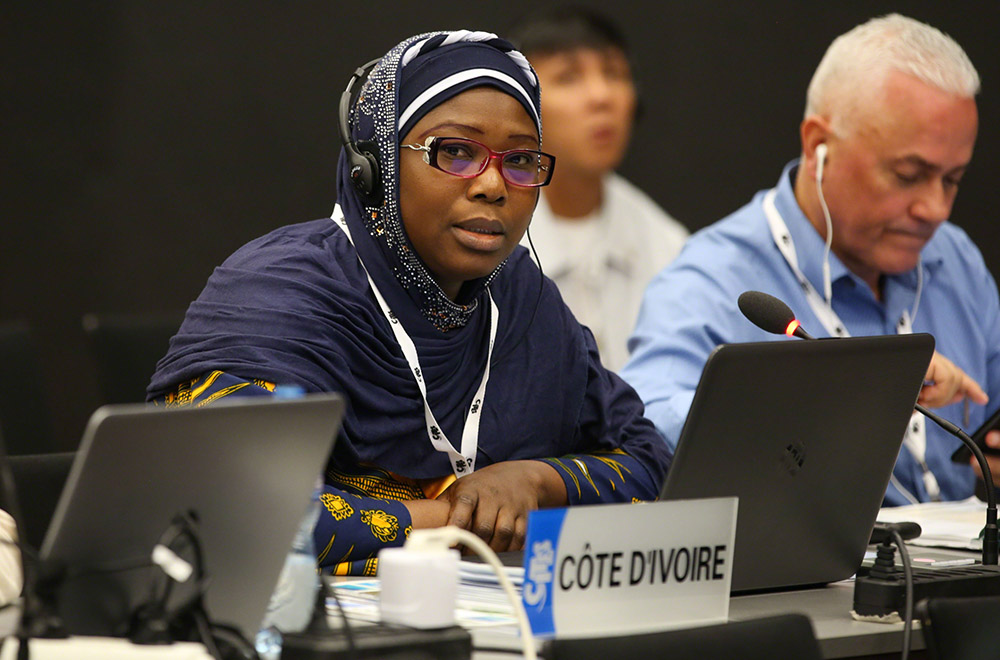
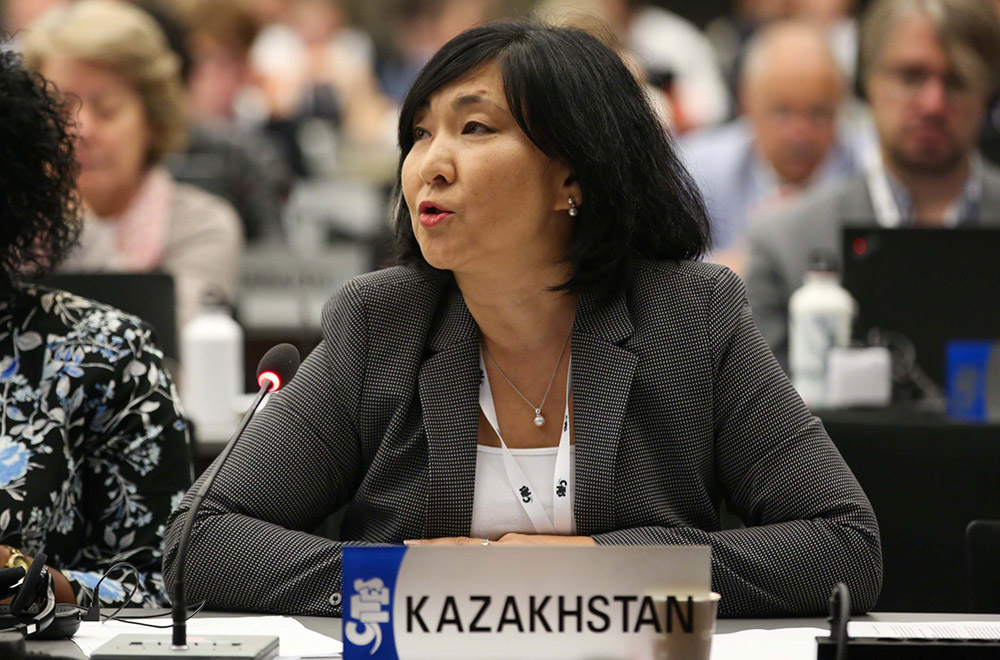
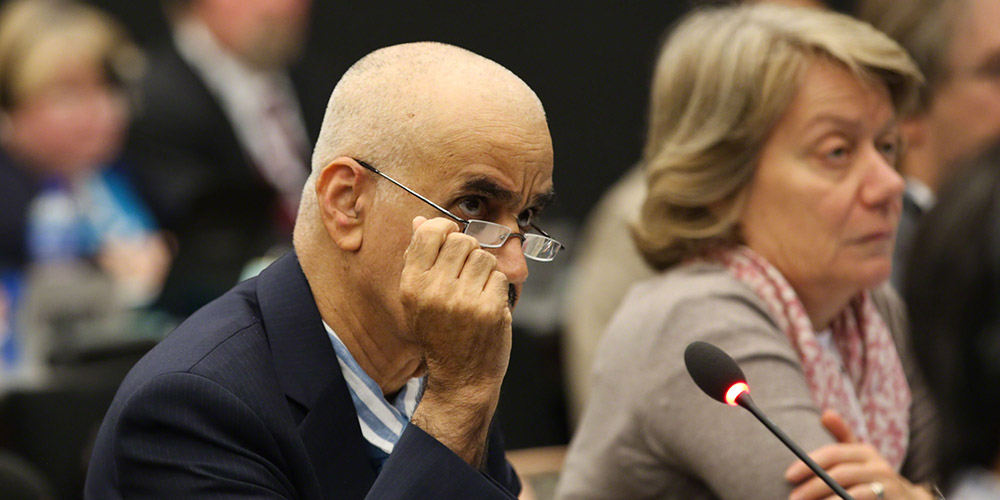
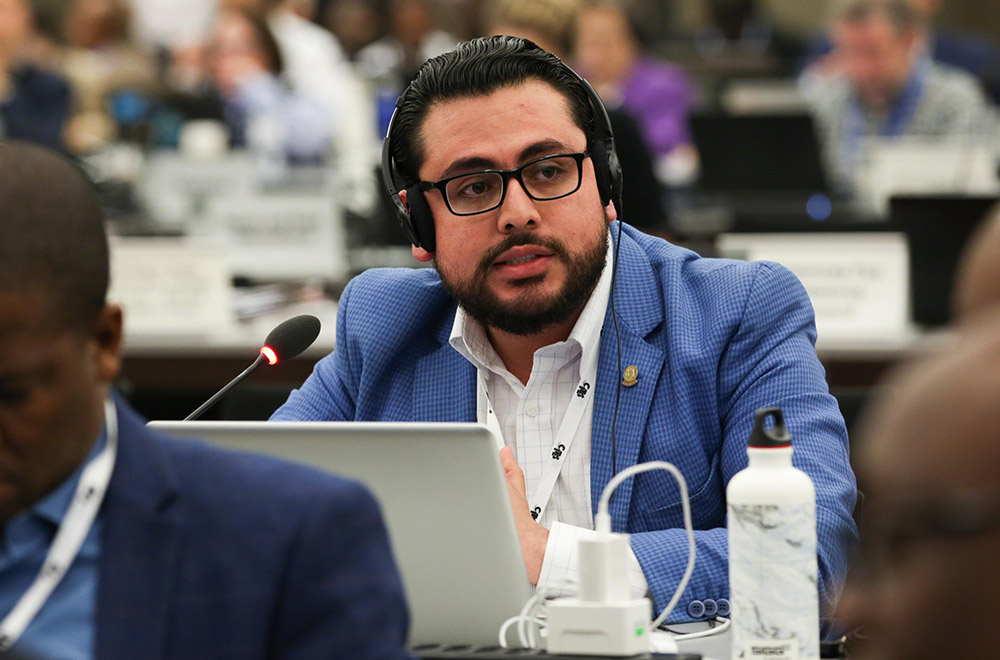
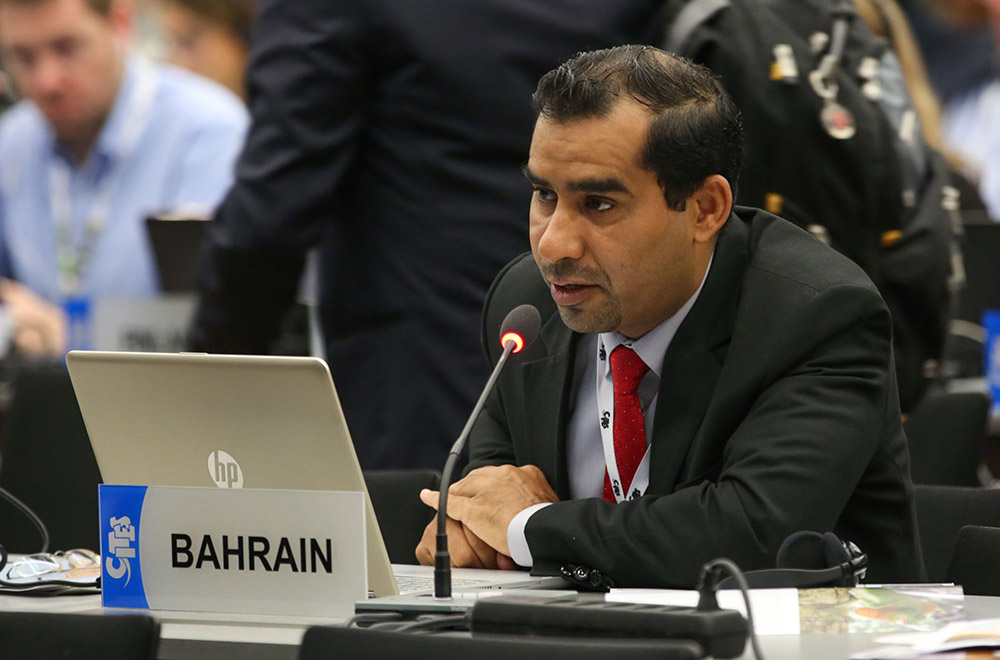
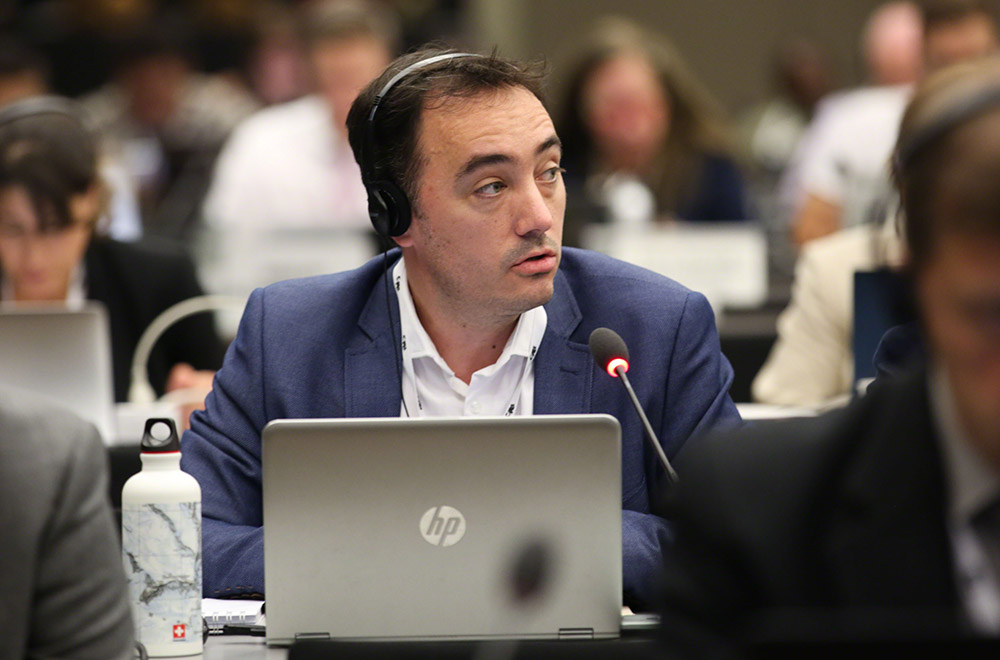
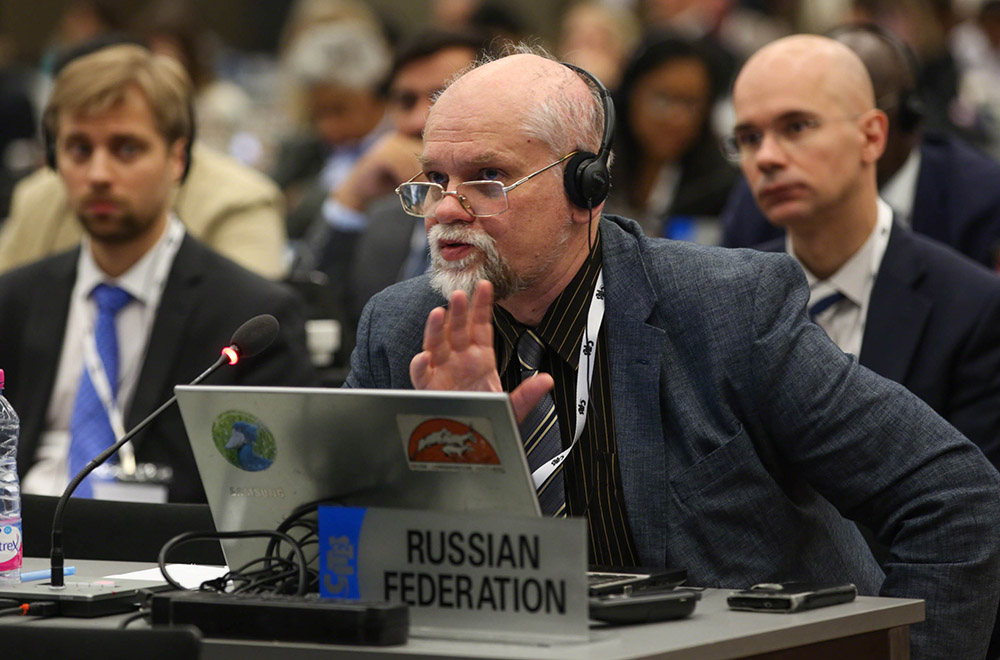


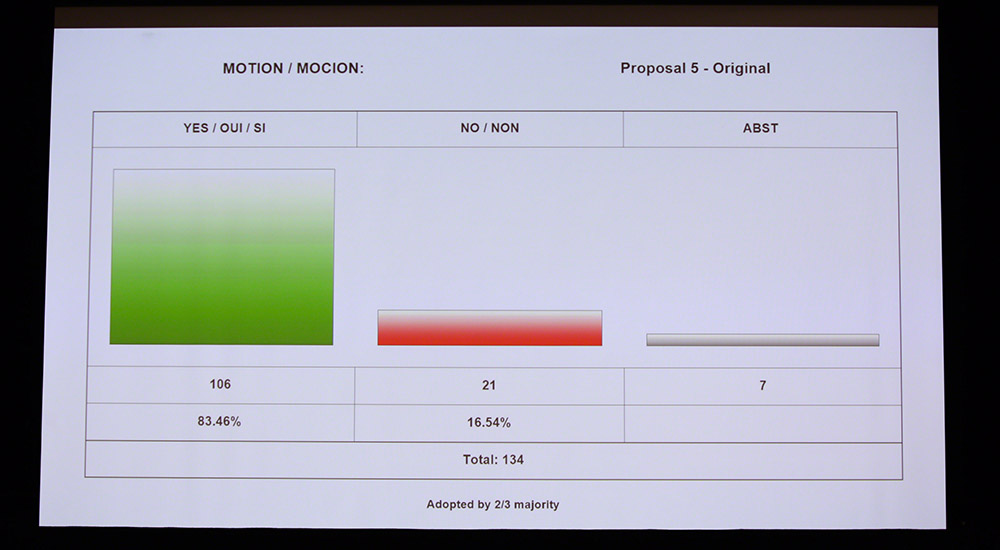
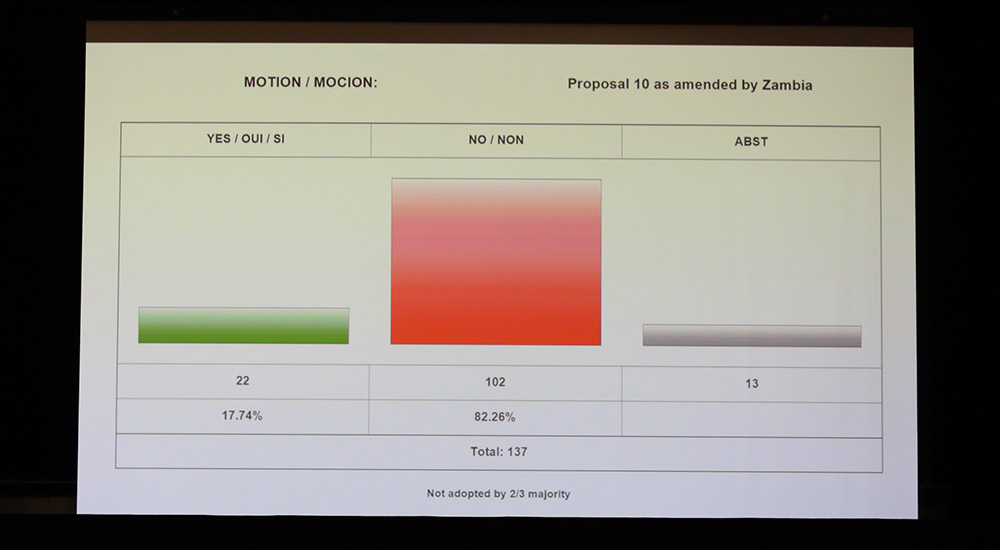
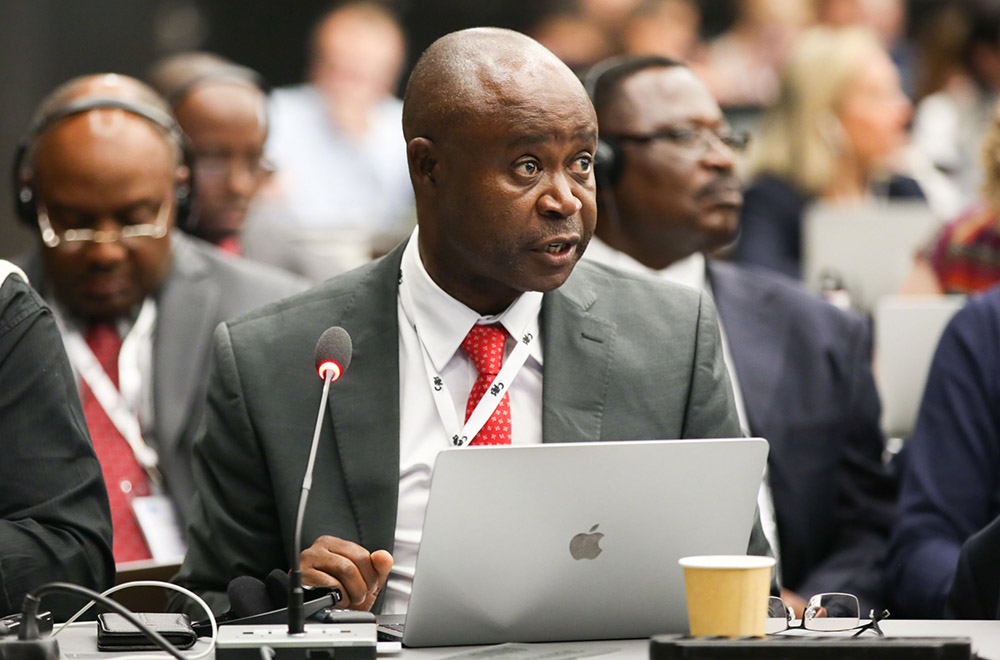
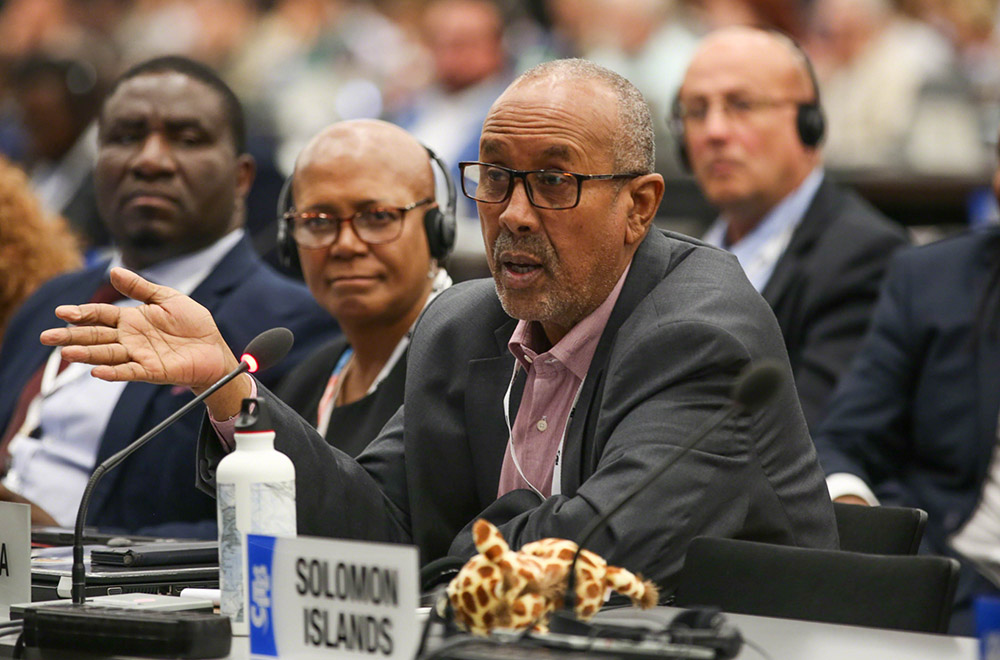
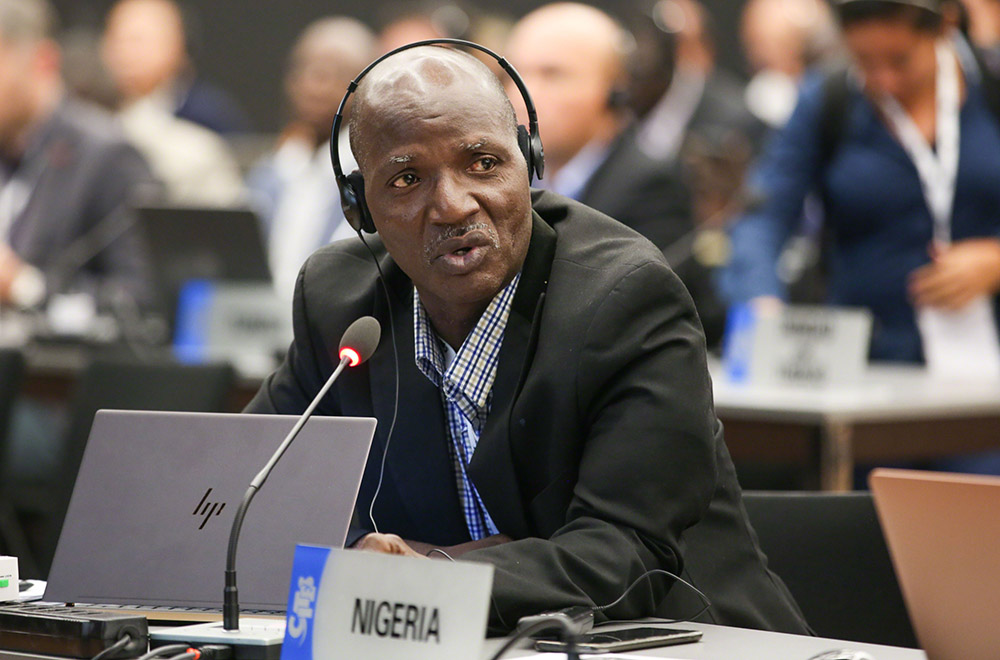
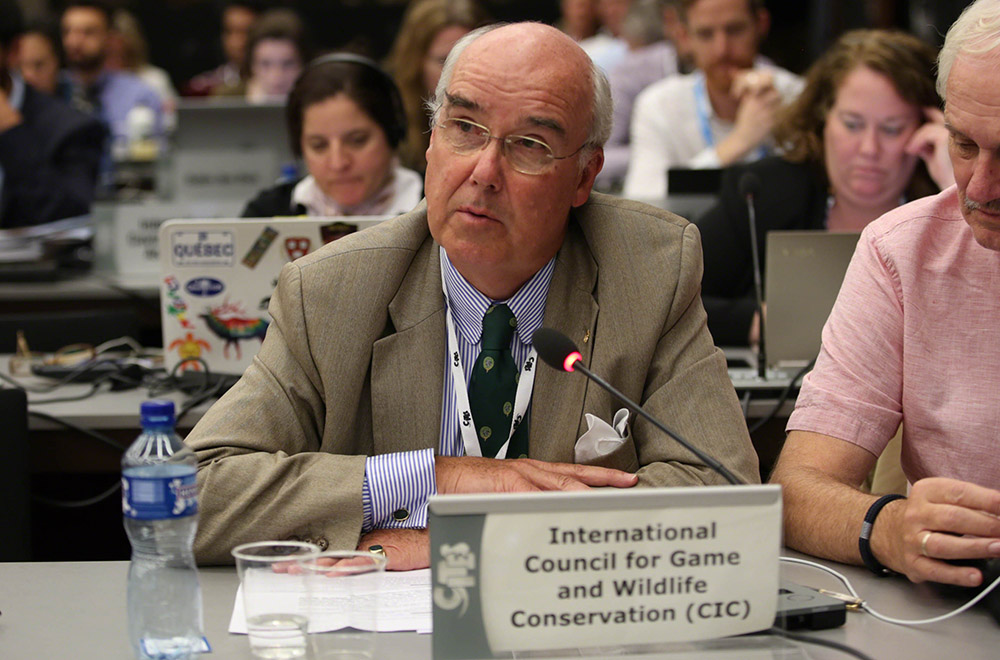

Committee II: Interpretation and Implementation Matters
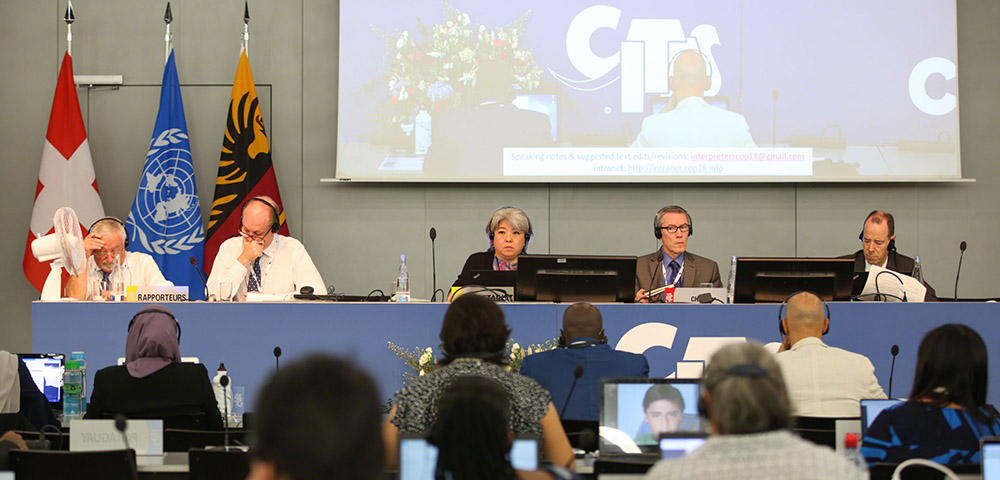
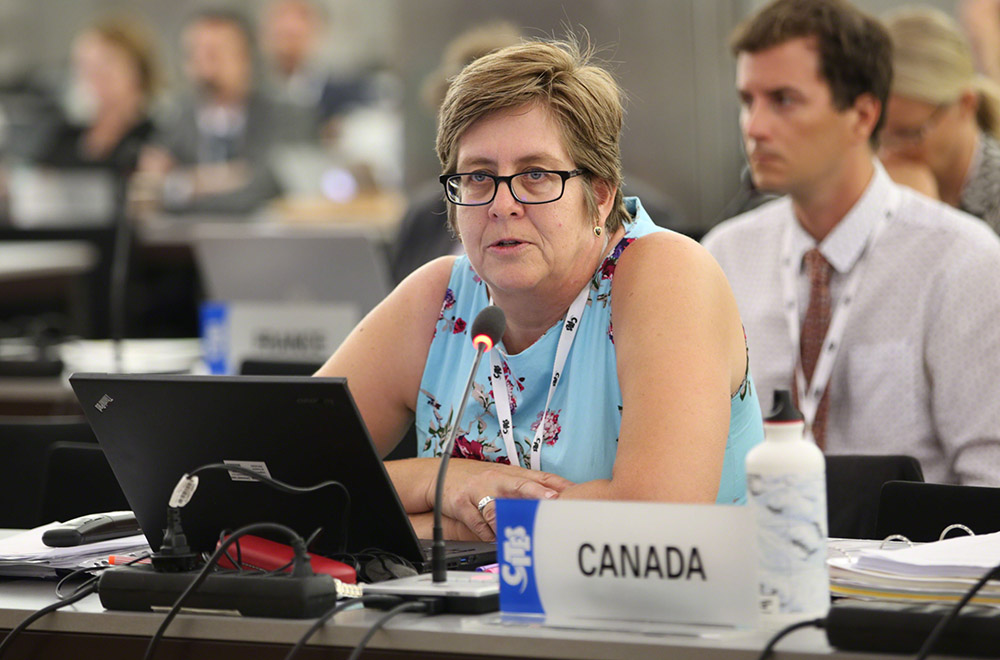

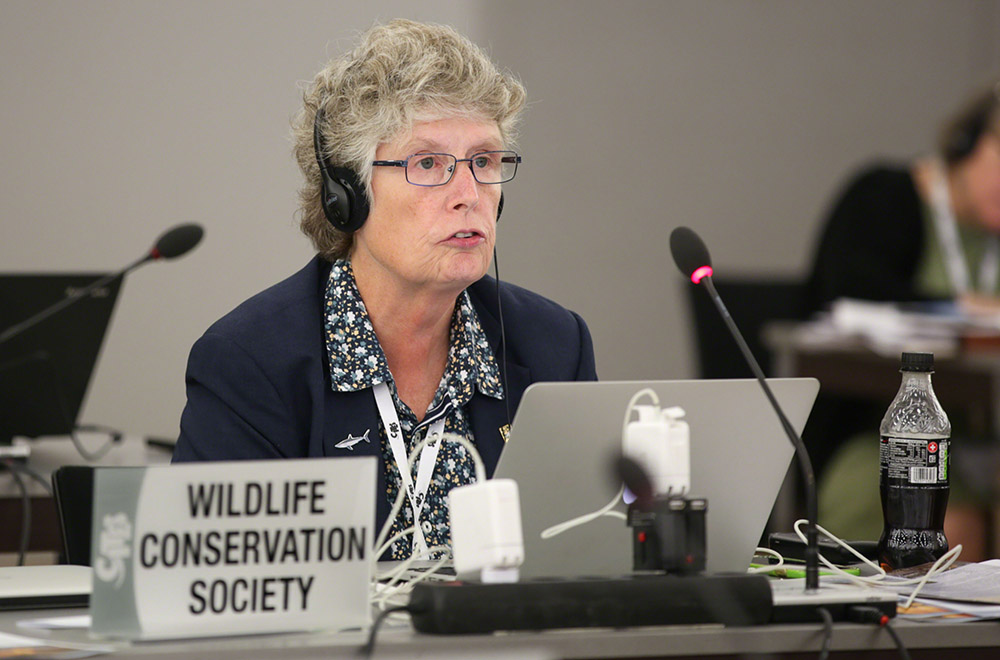
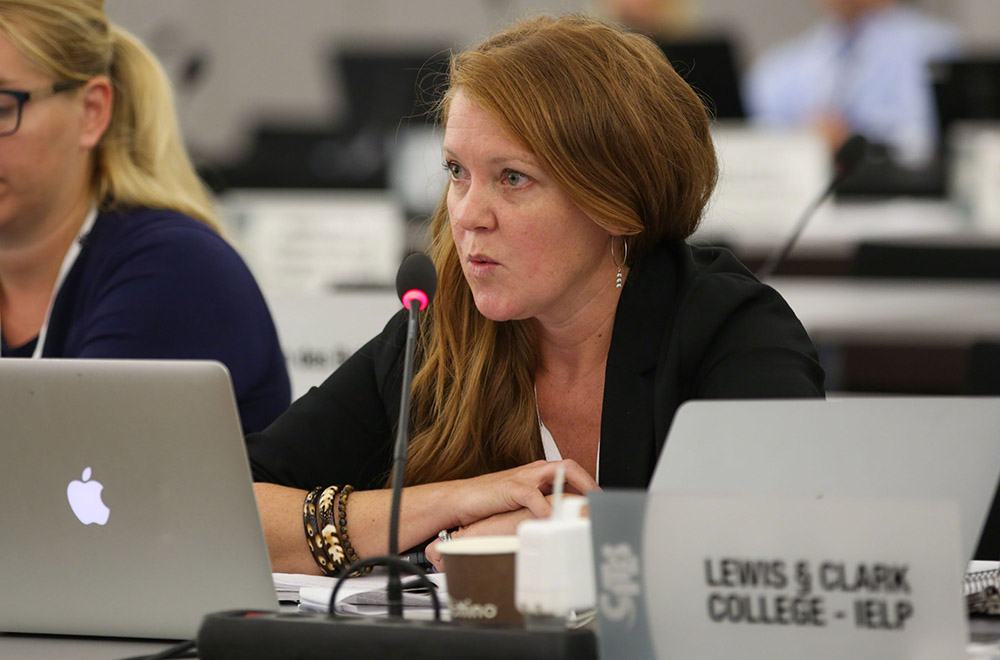
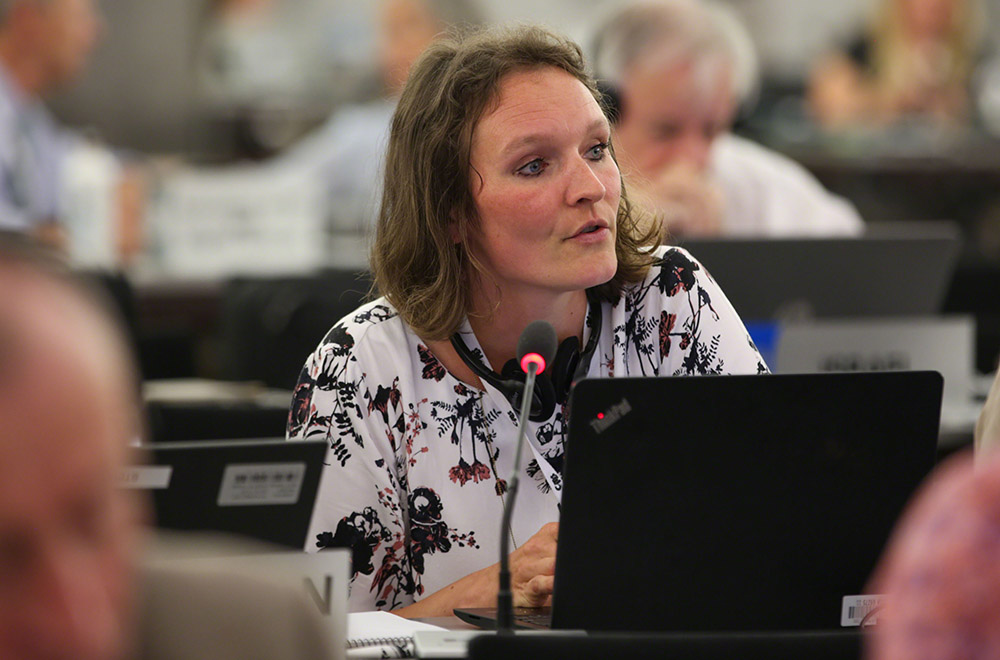
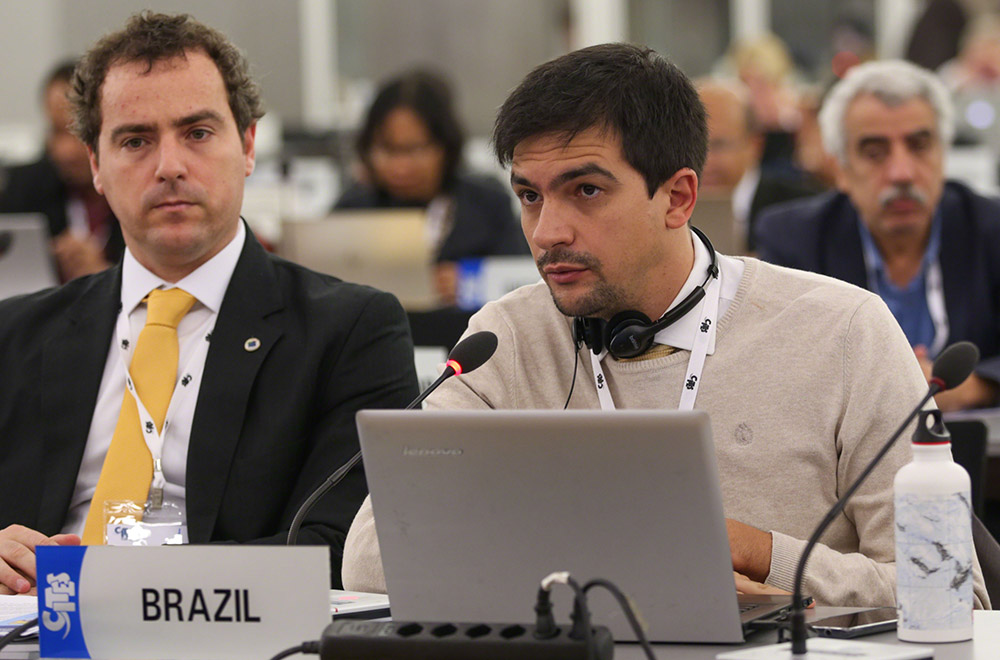


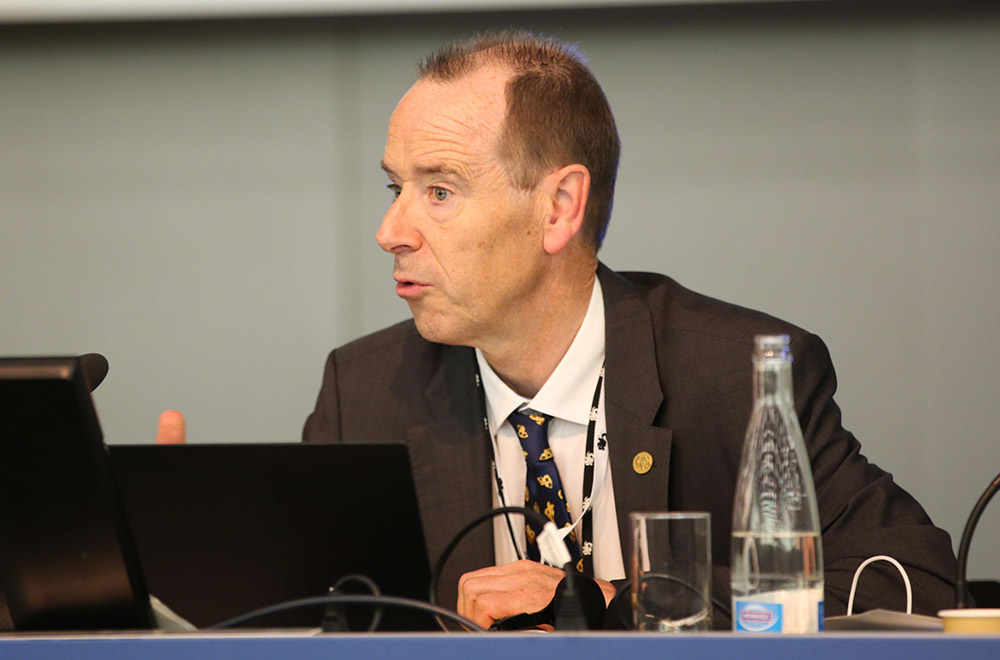
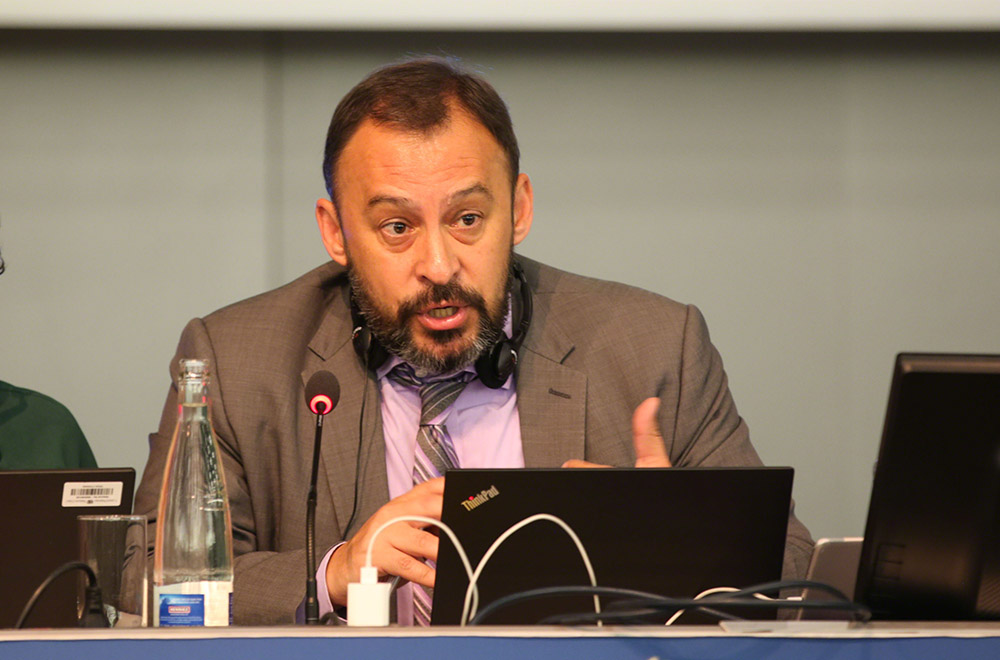
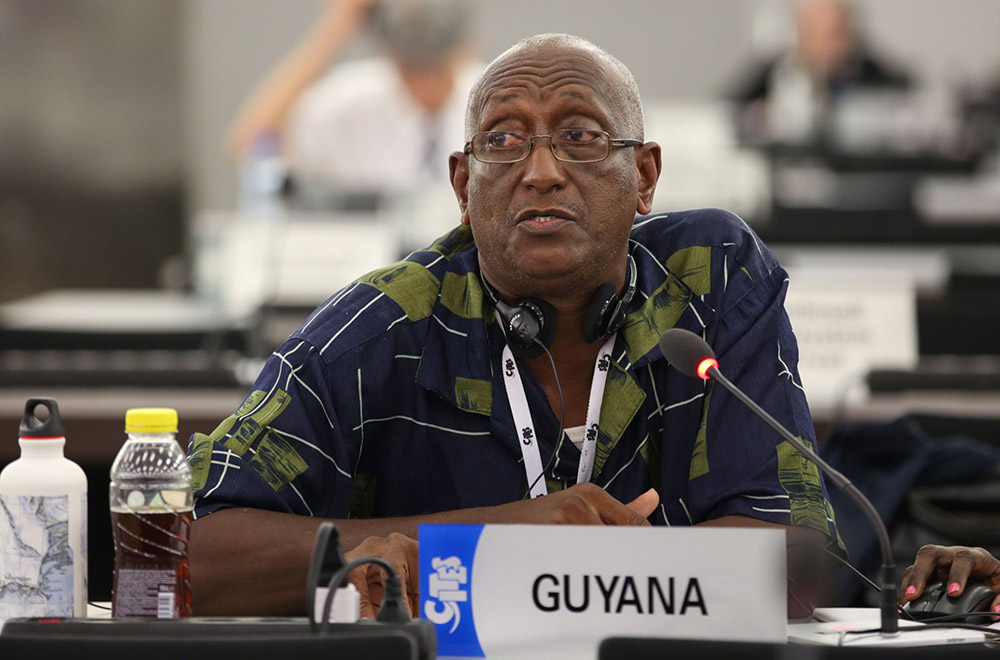

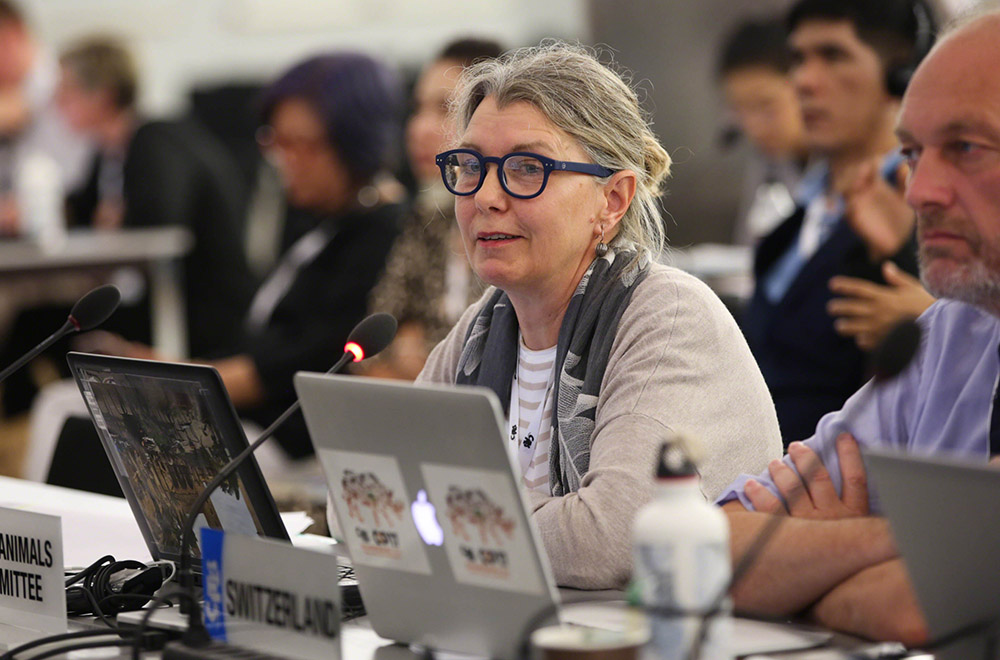

Around the Venue
